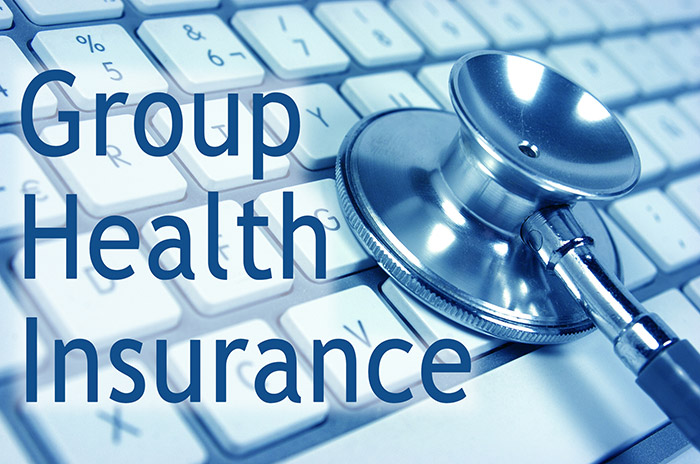The 20-Second Trick For Pacific Prime
The 20-Second Trick For Pacific Prime
Blog Article
A Biased View of Pacific Prime
Table of ContentsThe Only Guide to Pacific PrimeGetting The Pacific Prime To WorkThe Of Pacific PrimeMore About Pacific PrimeThe Only Guide to Pacific Prime

This is due to the fact that the information were collected for a period of solid financial performance. Of the approximated 42 million people who were uninsured, just about regarding 420,000 (concerning 1 percent) were under 65 years old, the age at which most Americans become qualified for Medicare; 32 million were grownups between ages 18 and 65, around 19 percent of all adults in this age group; and 10 million were children under 18 years old, regarding 13.9 percent of all youngsters (Mills, 2000).
These quotes of the number of persons uninsured are created from the yearly March Supplement to the Existing Populace Survey (CPS), conducted by the Demographics Bureau. Unless or else kept in mind, national estimates of individuals without health and wellness insurance coverage and proportions of the population with different sort of coverage are based on the CPS, the most widely made use of resource of estimates of insurance policy protection and uninsurance rates.
The Main Principles Of Pacific Prime

Still, the CPS is specifically beneficial because it generates annual estimates relatively rapidly, reporting the previous year's insurance protection approximates each September, and since it is the basis for a constant set of price quotes for greater than twenty years, permitting for analysis of patterns in insurance coverage with time. For these reasons, along with the considerable use the CPS in various other researches of insurance policy coverage that are offered in this report, we count on CPS estimates, with restrictions kept in mind.

The estimate of the number of without insurance individuals broadens when a population's insurance policy standing is tracked for a number of years. Over a three-year period beginning early in 1993, 72 million people, 29 percent of the united state populace, were without protection for at least one month. Within a solitary year (1994 ), 53 million people experienced a minimum of a month without insurance coverage (Bennefield, 1998a)
6 out of every ten uninsured grownups are themselves utilized. Functioning her response does enhance the chance that one and one's household participants will have insurance coverage, it is not an assurance. Also participants of households with 2 full-time breadwinner have practically a one-in-ten chance of being uninsured (9.1 percent without insurance price) (Hoffman and Pohl, 2000).
The Single Strategy To Use For Pacific Prime
New immigrants account for a considerable percentage of people without medical insurance. One evaluation has attributed a considerable portion of the recent development in the dimension of the united state without insurance population to immigrants who showed up in the nation in between 1994 and 1998 (Camarota and Edwards, 2000). Current immigrants (those that came to the United States within the past four years) do have a high rate of being without insurance (46 percent), but they and their youngsters make up simply 6 percent of those without insurance nationally (Holahan et al., 2001).
The partnership in between medical insurance and accessibility to care is well developed, as recorded later on in this chapter. Although the connection in between health and wellness insurance policy and wellness end results is neither direct nor basic, a comprehensive medical and health and wellness services research study literature links health and wellness insurance protection to improved access to care, better quality, and improved personal and population health standing.
Levels of evaluation for analyzing the results of uninsurance. It focuses particularly on those without any type of health and wellness insurance policy for any size of time.
The 25-Second Trick For Pacific Prime
The problems encountered by the underinsured are in some aspects similar to those faced by the without insurance, although they are normally less extreme. Health insurance, nonetheless, is neither needed nor enough to obtain accessibility to medical solutions. The independent and direct result of health and wellness insurance protection on access to wellness services is well developed.
Others will certainly acquire the wellness care they require even without medical insurance, by paying for it out of pocket or seeking it from suppliers who use treatment complimentary or at highly subsidized prices. For still others, medical insurance alone does not ensure invoice of care since of various other nonfinancial barriers, such as a lack of healthcare companies in their neighborhood, minimal accessibility to transportation, illiteracy, or linguistic and cultural distinctions.
How Pacific Prime can Save You Time, Stress, and Money.
Formal study regarding without insurance populations in the United States dates to the late 1920s and early 1930s when the Committee on the Expense of Healthcare generated a collection of records about financing doctor office visits and hospital stays. This problem ended up being salient as the numbers of medically indigent climbed during the Great Depression.
Report this page